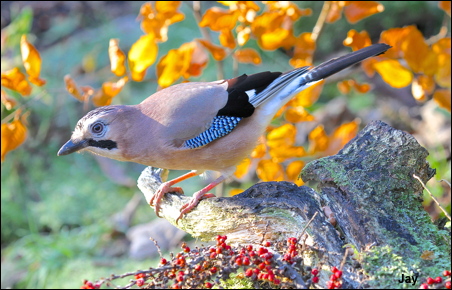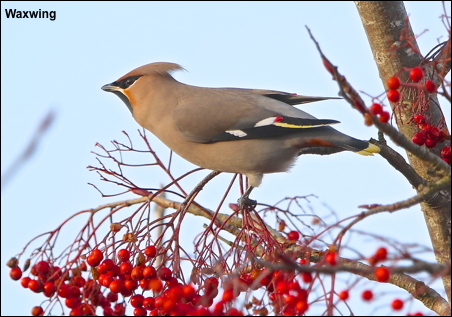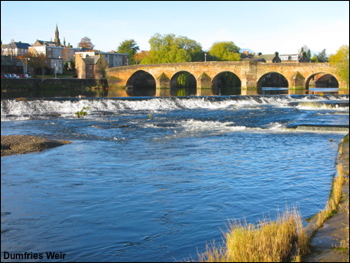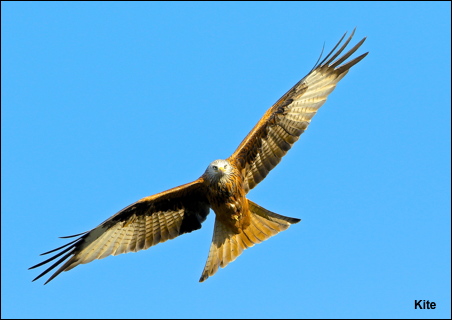January 1, 2017 at 7:11 pm

Happy New Year to all my followers and in a year when I officially “retired” as a professional wildlife photographer after twenty years, I have never been as busy. This weeks photo of me in Spitsbergen, less than six hundred miles from the North Pole, was taken by an official photographer from Oceanwide Expeditions to illustrate the wildness of their cruises. I just happened to get in the way and had no idea I was being photographed! The cruise ship Plancius is in the fiord way below where I am sat. This photo is now on their web-site as a sales tool!
In what should have been a quiet year I ended up going to Iceland, Spitsbergen, Speyside and Islay three times. Thousands of photos were taken and I have included a small collection of my years favourites in this weeks gallery.Click here
The year started off with my monitoring up to five Long Eared Owls in a winter roost. These gave me great enjoyment and many photos although most of the time the Owls had their eyes closed! My 70th Birthday was spent in Iceland in March and we had all the snow that I wanted and some good seafood but no Aurora. Out of the blue in June I was on my way to Spitsbergen to look for Polar Bears and Ivory Gulls. I have always wanted photos of a Polar Bear with prey surrounded by Ivory Gulls. Not only did I manage this but I also came across a female Polar Bear with three cubs which is almost unheard of in Spitsbergen.
On Islay in June I finally managed to film a Hen Harrier food-pass. In July I visited Speyside to film Ospreys catching fish and in the same month managed to take some high-speed shots of Kingfishers in flight something I have been after for a long time. In October I was back on Islay for the Geese and the year finished perfectly with the arrival of my favourite bird the Waxwing – hundreds of them!! Perhaps 2017 will be more restful?
December 23, 2016 at 5:33 pm

During the last few weeks of searching for Waxwings I have had some incredible encounters with Bullfinches and Redwings. This years crop of Rowan berries was exceptional and made for some impressive seasonal photos. Enjoy the gallery. Click here
In the garden this week we had our first day this winter with more than twenty species of birds feeding. It was good to see Nuthatch, Long Tailed Tits and a male Great Spotted Woodpecker making an appearance. Along our local canal Grey Wagtails and Goosanders are still present.
December 17, 2016 at 2:41 pm

For the last three months Jays have been feeding in the garden on a regular supply of peanuts put out especially for them. Three at once is the most that we have had but together with the late Autumn leaves they have produced some colourful photos. click here
Having featured Goosanders in a recent blog last week we had a record nine males and two females on our local canal. Whilst in Hopwood woods today I heard the unmistakeable call of a Willow Tit in the foggy surroundings – lets hope it was making its way to our garden like it did for eight consecutive winters.
December 11, 2016 at 6:04 pm

After weeks of searching last Monday I finally found four of my favourite birds, Waxwings, feeding on a Rowan in the Ribble valley. I had them all to myself and spent ninety minutes taking whatever photos I could in the poor light. Hopefully in future weeks more will move down from Scotland and we can all watch them devouring our local berries.
As if the Waxwings weren’t good enough the week got better on Thursday when, at dusk, a cracking female Hen Harrier hunted close to me at Hopwood. She settled on a fence post to give prolonged views and as it was dusk looked to be selecting a roosting place for the night in the long grass. This was only my second local Hen Harrier sighting in the last forty years and needlessly to say there have been no repeat performances. Click here
December 4, 2016 at 5:55 pm

Every year in November the weir on the river Annan in the centre of Dumfries is the place to go to film Goosanders. With a little rain Lamprey move up the river and they are a big attraction for the Goosanders. When I was there recently the rain one morning encouraged thirty Goosanders to feed. I spent some hours filming but during the whole time I was never able to capture a photo of a Goosander with a Lamprey in its mouth. Other birds fishing the weir were Gulls, Herons and Cormorants and I understand that Otters are regular visitors so it is well worth a return visit.Click here
Back home we are now awaiting the arrival of Waxwings. In the meantime I had a record local count of more than five hundred Redwings on the 3rd Dec. with three hundred and ten Lapwings on the roof of an Industrial Unit on the same date.
November 26, 2016 at 5:56 pm

No trip to south-west Scotland is complete without a visit to the Kite feeding station at Bellymack farm, Loch Ken.,It is nearly four years since my last visit and during that time a new viewing platform has been constructed together with a gift shop and cafe! Despite this commercialisation it has taken nothing from the sight of more than one hundred Kites in the air at once. Feeding takes place at 2.00pm and the drive from Manchester may take 3 hours so it could be considered an alternative to Gigrin farm in Wales. Click here







